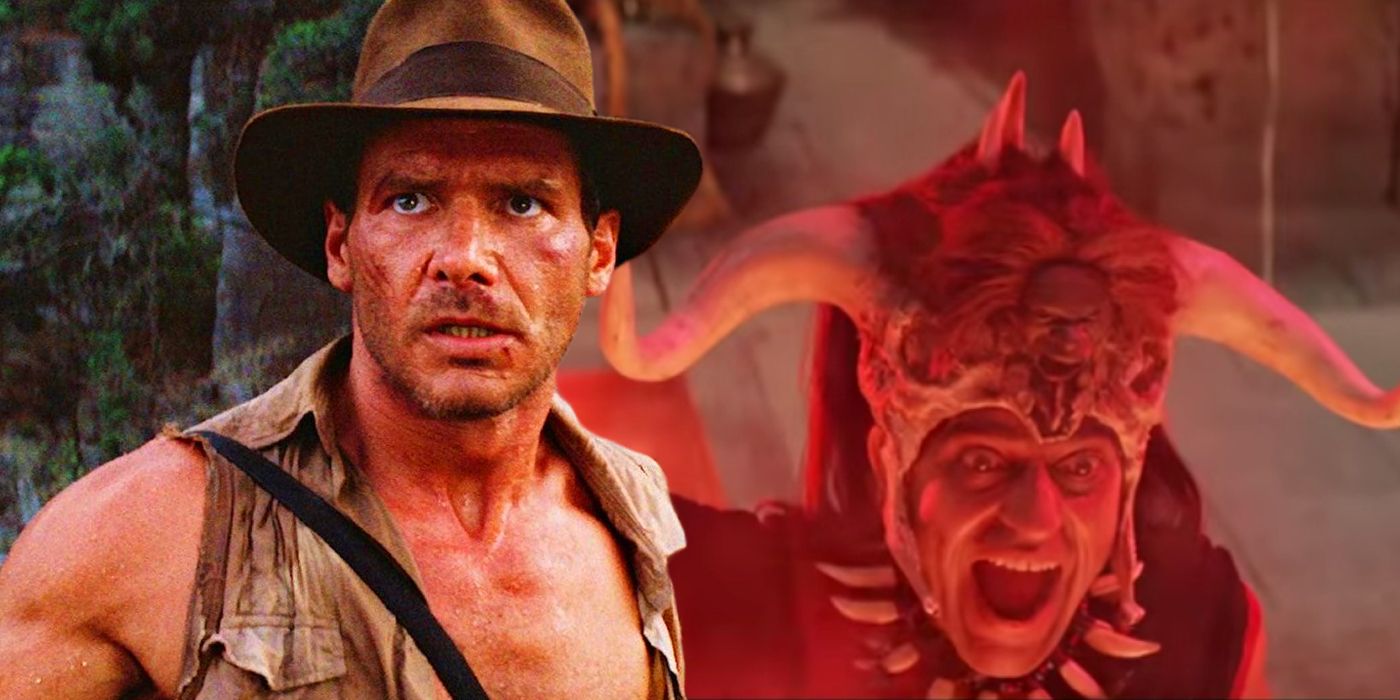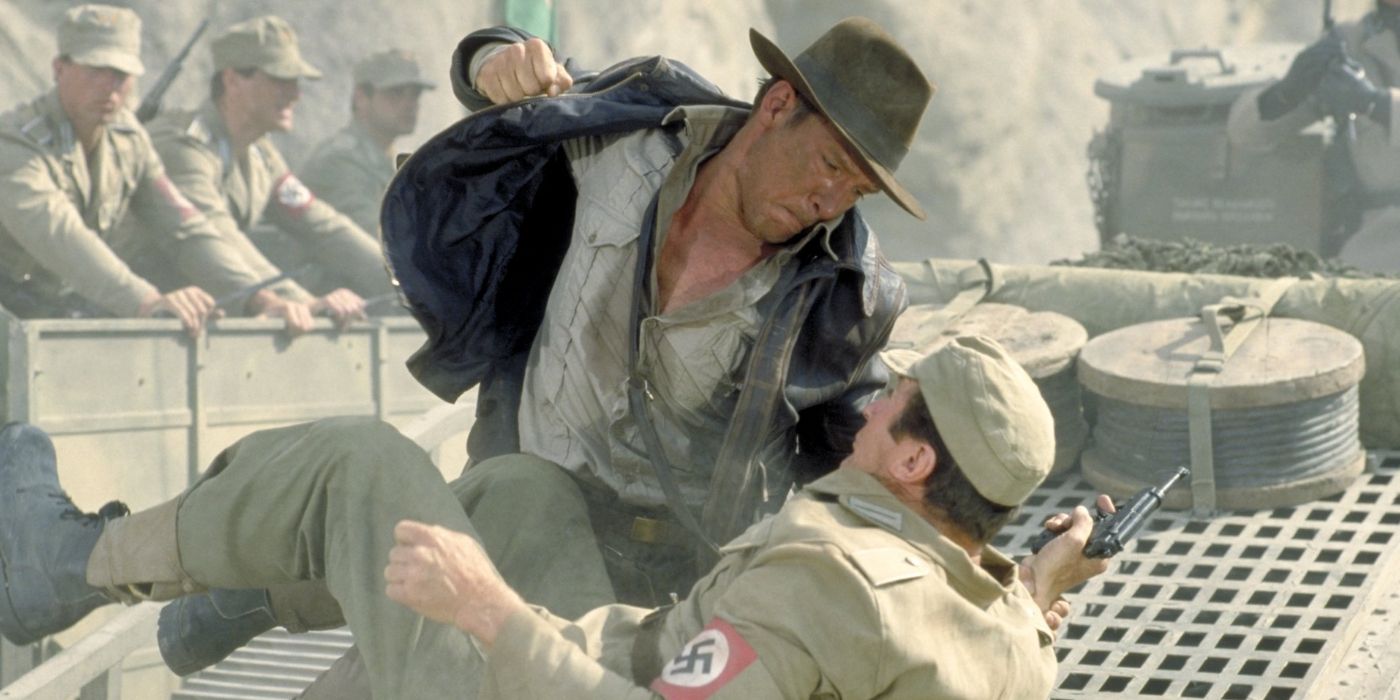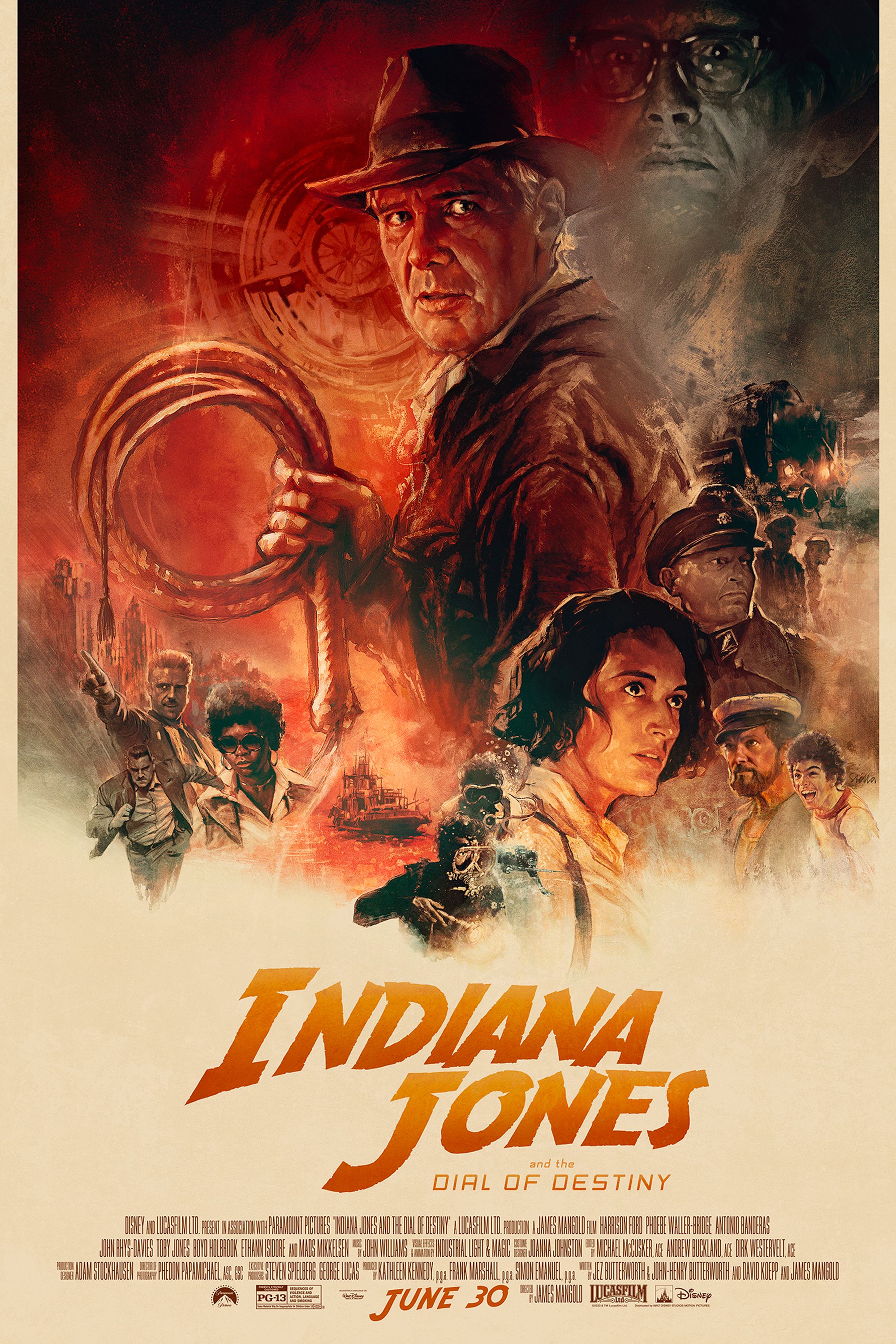Despite being the second film in the franchise, Indiana Jones and the Temple of Doom was actually written as a prequel for an interesting narrative reason. After the massive success that was Raiders of the Lost Ark introduced Indiana Jones to the world, it wasn't long before George Lucas and Steven Spielberg began work on a follow-up movie. That follow-up was Indiana Jones and the Temple of Doom, an adventure that took the iconic archeologist-adventurer to India to help recover a stolen sacred Sankara Stone.
Importantly, Temple of Doom established a number of key traits for the franchise. It saw Indiana Jones recover and then lose another artifact (something which happens in each Indiana Jones movie), and it cemented the idea of Jones having a revolving door of sidekicks that come and go with each new installment. What's more, the film was written as a prequel, and therefore it made no mention whatsoever of the events of Raiders of the Lost Ark - an odd choice, considering the first film's massive popularity, but one that worked for Temple of Doom.
The reason why George Lucas opted to make the film a prequel to Raiders of the Lost Ark was actually surprisingly simple: he didn't want to make another film with Nazi villains. Originally, George Lucas' plan for Indiana Jones after Raiders of the Lost Ark was a story involving the Monkey King, a mythical figure from Chinese history, but his request to film in China was denied. Unsure how else to avoid using Nazis as the villain, Lucas settled on making the film a prequel set in India, thus making it much more plausible that Nazis wouldn't be present to act as antagonists.
Why George Lucas Didn't Want Nazis In Temple Of Doom
Though Lucas hasn't fully explained his reluctance to use Nazis as antagonists for two films in a row, his most likely train of reasoning can be extrapolated from context. The idea of using Nazis twice in a row would have laid the foundation for a different Indiana Jones franchise, one in which the title character is constantly pitted against the Nazis. This would have made Jones less of an adventurer and more of a representation of the American war machine, standing up to evil Nazis and potentially damaging the character's appeal to global audiences.
The variety in villains was important for the Indiana Jones movies, meaning that Lucas' instincts were clearly correct. By making the film a prequel and avoiding the use of Nazis in its story, Lucas made the Indiana Jones movies feel much bigger than they might otherwise have felt. Setting Temple of Doom just a year before Raiders of the Lost Ark helped to better achieve the atmosphere of historical grandeur that the Indiana Jones franchise perfected.
Of course, making Temple of Doom a prequel also shifted the perspective on Indiana Jones' off-screen character changes, but this was ultimately for the better. Though George Lucas' original story plans didn't come to fruition, he stood by his decision to move away from Nazi villains, which proved an excellent choice. Introducing a different threat spurred on by a different historical artifact helped Indiana Jones and the Temple of Doom to stand apart from its predecessor, and that's something that undeniably helped lay the foundation for the franchise's future.



